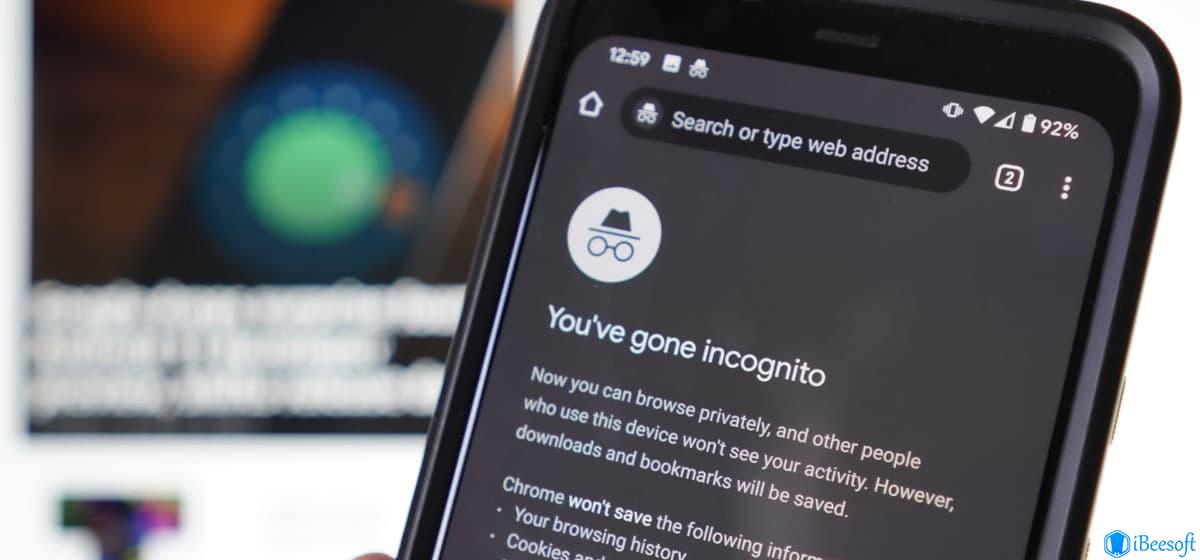


Like Chrome, it can be accessed from the menu in the upper-right corner. Mozilla Firefox: Open a Private Browsing Windowįirefox simply calls their mode “Private Browsing”. To close out of incognito, tap the box with the number in it (indicating how many tabs you have open) and go back to a non-private tab, or simply close the incognito tab(s). The browser will then tell you that you’ve gone incognito with all the requisite warnings as to what that means. If you use Chrome on a mobile device such as an Android phone, iPhone, or iPad, you can tap the three dots in the upper-right corner of the browser window and select “New incognito tab” from the dropdown menu. To exit incognito mode, simply close the window. Your extensions, however, will not work unless you’ve marked them “Allowed in Incognito” on Chrome’s extensions settings page. Keep in mind that even while in Incognito mode, you will still be able to bookmark sites and download files. (On some systems running the newest version of Chrome, the window will also be dark grey.) On a Mac, this will be in the upper-right corner. Incognito mode is unmistakable: just look for the man-in-a-hat icon in the upper left-hand corner. Alternatively, press the keyboard shortcut Control+Shift+N on Windows or Command+Shift+N on a Mac.


 0 kommentar(er)
0 kommentar(er)
